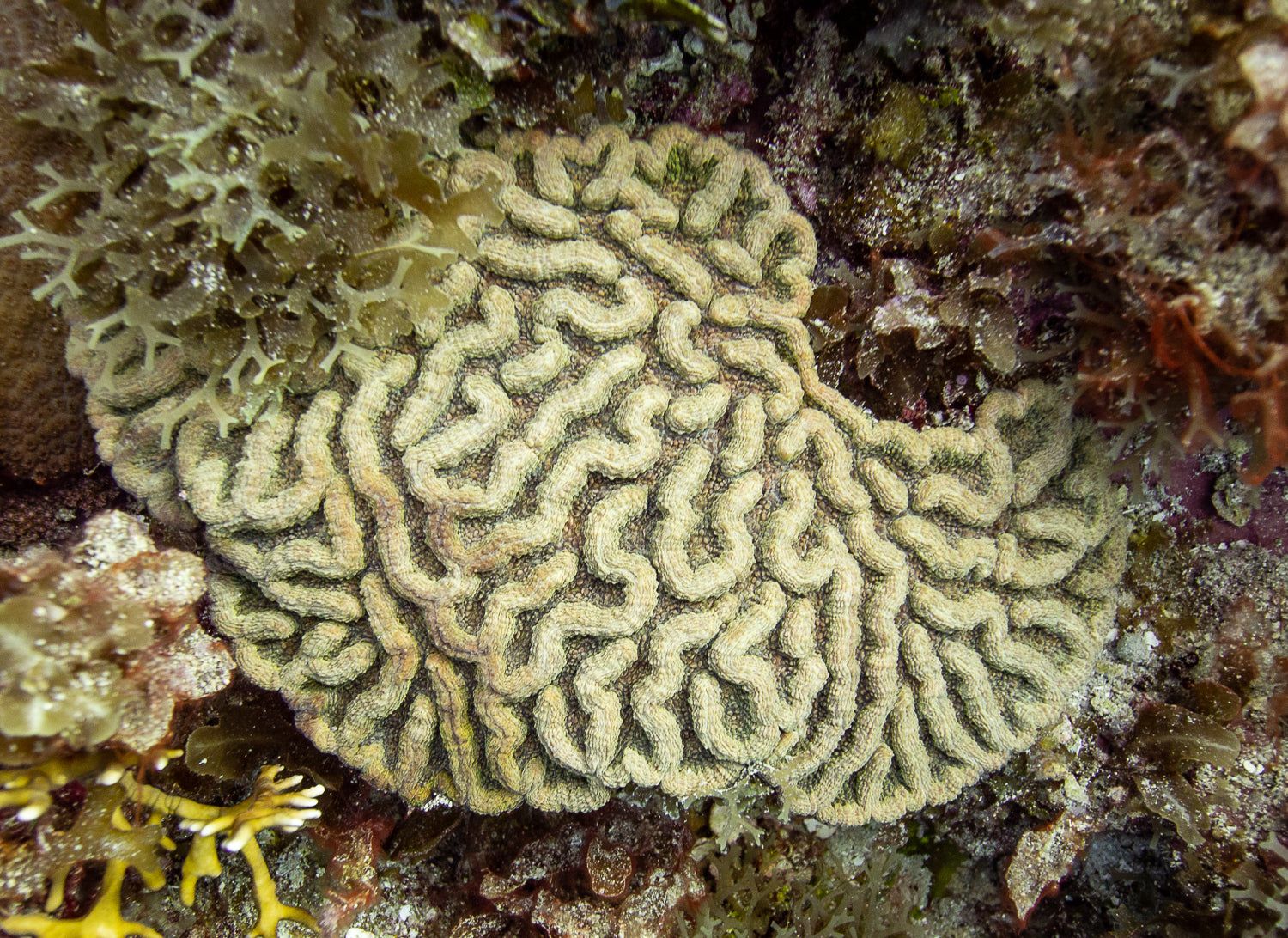
This plant has a very different and unusual look to it. Coral cacti make great showy and display-worthy décor items at homes as indoor plants. If you have some experience up your sleeve, you can try to graft a Coral Cactus yourself.The coral cactus is a unique variety of plants to keep at home. When the cutting callus after a day or two, plant it in a fresh cactus potting mix. Just use a sterile knife and thick gloves to stay on the safe side. However, you can always try with cuttings. Since the Coral Cactus is a grafted plant, there are no guarantees that a new plant is going to be the same as the mother. Finally, Coral Cactus loves the humidity and good airflow. As for the soil, a commercial cacti potting mix will do just fine. In that period, you can cut the amount of water to make sure that you’re not drowning the plant. Coral Cactus is a summer-grower, so you should water it more frequently in spring and summer. If you overwater it, it’s most likely to develop root rot. Coral Cactus doesn’t tolerate drought as well as most of the other succulents but also hates soggy soil. When it comes to water, you should add it when the soil is at least 2 inches deep dried out. Also, make sure you turn it regularly, so it doesn’t stretch. For indoor growing, choose the window where it can get 3-5 hours of direct light. This way, it’ll have time to adjust properly.
Coral cactus full#
If you’re starting with a young plant, its best to grow it in partial shade at first and slowly expose it to full sun. This especially goes in the summer, when harsh sunrays can seriously burn the plant. Ideally, you should plant is somewhere it can get a few hours of shade a day.

The ideal temperature range for Coral Cactus is from 60℉ to 85℉ (15.5℃ to 29.4℃).Ĭoral Cactus prefer full sine to partial shade. However, if temperatures drop below 60℉ (15.5℃), you should bring it inside. Depending on where you live, you can grow it outdoors year-round. As for the temperature, this plant is not particularly cold-hardy. Regarding the name, Coral Cactus have somewhat different care needs than most of the other members of the cacti and succulent family. You can also use barbecue tongs for lifting. If you need to pick it up or touch it in any way, use thick gloves and hold it by the pot. Since it’ll become clear then, it`s best to be cautious every time you’re handling this plant. Therefore, keep Coral Cactus away from kids and furry friends.Īlso, keep in mind that this latex stays toxic even when it dries. Finally, when ingested, sap causes vomiting and nausea. If you make a contact and touch your eyes, this sap can even cause temporary blindness. If touched with a base skin, it can cause irritations. The latex is white and thick, so you can’t miss it. Therefore, you need to be extra careful when handling Coral Cactus. They produce a poisonous sap, known as latex, which can be quite dangerous to both humans and animals. Usually, only older plants bloom, but Coral Cactus may not bloom at all during its lifetime.Įuphorbias are widely known as very toxic succulents.

Comparing to the plant itself, they are not that breathtaking and they usually appear in purple and pink color. When it does, flowers are tiny and easy to miss.

Both the base and the crest are covered in sharp spines. The color comes from crinkle leaves hues that grow on a rim of the fan. Depending on a top crest, the coral-shaped fan can be white, red, green, purple, or yellow ruffled. Coral Cactus is also called candelabra plant, the crested candelabra plant, crested euphorbia, or crested elkhorn.Įuphorbia neriifolia gives this plant a straight-growing, cactus-like stem. Once these two succulents are grafted together, they form an unusually, coral-looking species that has a lot of names. The most common top species is crested Euphorbia lactea. This is a combination of two succulent varieties- Euphorbia neriifolia in the base and different Euphorbia species in a grafted part. Coral Cactus– Nature`s Experiment Goes Rightįirst of all, Coral Cactus is not really a cactus, not in the form we`re used to. Coral Cactus is another crested version of a common species, but with enough care and some luck, it can easily bring that “wow” effect every gardener goes for in their collection. Recently, we went over a few quite rare species here, so this is the last addition to that list. In the countless variates in the cacti family, if something has a pet name that includes “monster” in it, it definitely tells a lot.


 0 kommentar(er)
0 kommentar(er)
